Chronic Myelomonocytic Leukemia Treatment Cost in India
Unlock Exclusive Discount : Your Gateway to Premium Healthcare with Medsurge India Health Value Card.

Unlock Exclusive Discount : Your Gateway to Premium Healthcare with Medsurge India Health Value Card.


Chronic Myelomonocytic Leukaemia (CMML) is a type of cancer of the blood-forming cells of the bone marrow. In CMML, there are increased numbers of monocytes and immature blood cells in the peripheral blood and bone marrow.
Identification is based on evaluation results from blood and bone Marrow:
On staging of this disease, in addition to the individual’s age and overall health.
It’s the use of medication for treating disease. Chemo cannot heal CMML, but it might help kill the bone marrow cells and enabling ordinary ones to return. Common side effects of chemo contain:
That stimulates the bone marrow to make blood cells. Growth variable drugs are often given by subcutaneous injections and keep blood counts at regular levels.
Radiation therapy is a treatment with high-energy rays or particles to destroy cancer cells. The most frequent type of radiation treatment is external beam radiation treatment. Radiotherapy may also be practical to shrink an enlarged spleen.
It is the only remedy that can cure Here the cells from the bone marrow are destroyed with chemotherapy together with radiotherapy, then the individual is provided fresh, wholesome blood-forming stem cells.
Chronic Myelomonocytic Leukemia (CMML) could be Hard to Cure, many situations the major objective is to protect against the problems brought on by CMML. Fixing with blood transfusions and/or erythropoietin can aid individuals.
CMML patients with bleeding problems because of low platelets may gain from platelet transfusions.
Individuals with CMML have a tendency to get infections very easily, any supposed illnesses should be treated with antibiotics.
CMML is Hard to heal; it may never go away entirely, So regular follow-up is essential. Blood tests and imaging evaluations on a normal basis are significant.
The average Chronic Myelomonocytic Leukemia Treatment Cost in India starts from USD 800. The cost of the treatment will vary depending of various factors such as the location and the type of hospital you choose.
| Treatment | Starting Price |
| Radiation Therapy | USD 3800 |
| Stem Cell Transplant | USD 7500 |
| Cities | Starting Price |
| Delhi | USD 800 |
| Gurgaon | USD 800 |
| Noida | USD 800 |
| Mumbai | USD 850 |
| Hyderabad | USD 800 |
| Chennai | USD 800 |
| Kolkata | USD 840 |
| Bangalore | USD 860 |
Please note that the pricing and the treatment for Chronic Myelomonocytic Leukemia Treatment cost in India will vary depending on the patient’s choice and other various factors.
The following here are some variables that can affect Chronic Myelomonocytic Leukemia Treatment Cost in India:
In addition, the quality and level of medical care and facilities offered are on par with renowned healthcare institutions worldwide, even after factoring in the costs of accommodation, meals, and transportation. Moreover, under the guidance of highly proficient doctors, Medsurge India ensures that patients receive the most affordable Chronic Myelomonocytic Leukemia Treatment Cost in India.

The price to the individual is dependent upon a variety of factors such as:
Medsurge India offers the best Chronic Myelomonocytic Leukemia Treatment Cost in India at an affordable price for international patients coming to India under the supervision of the most trained doctors.
A: CMML is treated with specially qualified physicians known as hematologists and oncologists.
A: There is not any certain way to prevent all instances of CMML. Occasionally CMML might be brought on by radiation and chemotherapy treatments for different cancers. Thus, attempt to avert the chemotherapy drugs which may likely cause CMML.
A: These are the first, immature cells that grow and divide to create adult monocytes. It is not normal to observe blasts from the bloodstream, and it is often an indication of a bone marrow issue.
These evaluations are utilized to diagnose and classify the sort of cancer. They might be replicated later to find the effectiveness of continuing therapy.
A: For bone marrow aspiration, a long hollow needle is put into the bone and a syringe is used to suck out a small amount of liquid bone marrow. For bone marrow biopsy, a tiny core of marrow and bone is removed using a broader needle and the sample analyzed by a pathologist.
A: A patient that has over 20% blasts in the bone marrow has severe leukemia.
A: It’s staged into two classes based on cell counts in the blood and bone marrow:
CMML-1: Blasts constitute less than 5 percent of dead cells in the blood and less than 10 percent of these cells from the bone marrow.
CMML-2: Blasts constitute 5% to 20 percent of the dead cells from the bloodstream, or they constitute 10% to 20% of these cells from the bone marrow.
A: Allogeneic Stem Cell Transplant is the only remedy that can cure many patients with CMML, though complications of the treatment might be deadly in several circumstances.
A: It is a growth factor that promotes red blood cell production. It helps some patients avoid becoming a great deal of red blood cell transfusions.
A: The two kinds of stem cells transplant contain:
A: All these methods may be helpful in relieving symptoms; they have yet to be proven.
A: It’s studied that 20 percent of CMML-1 sufferers and 10 percent of CMML-2 patients survive five decades or more from identification.
A: When cancer does recur, choices depend on preceding treatments handled, total general health, and other comorbid factors.
A: Dietary supplements are demonstrated to help lower the chance of cancer progressing or coming back.
A: Maintaining a healthy Lifestyle like smoking, eating well, getting regular physical activity, and staying at a healthy weight may help, but nobody knows for certain.
A: It Is Essential to have routine follow-ups. Throughout follow-ups, the adviser will assess Symptoms and information blood tests and other diagnostics to confirm the status of the disease.
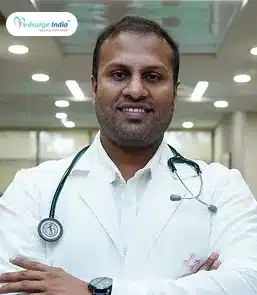

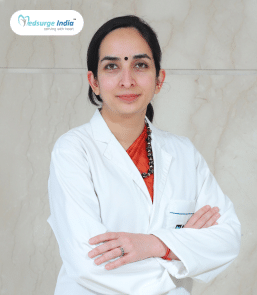


Consultant
15 years of experience
Narayana Multispeciality Hospital
View Doctor



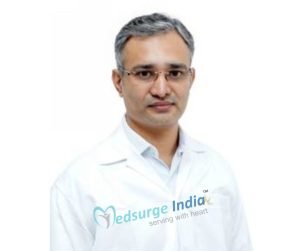
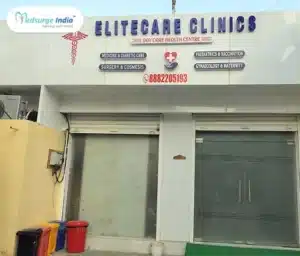
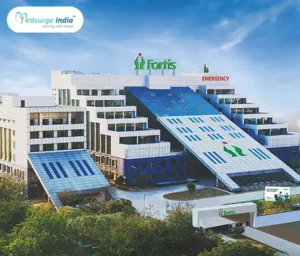

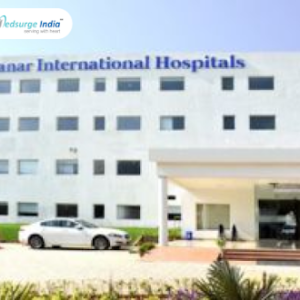
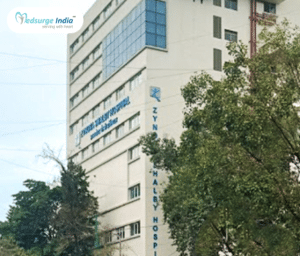
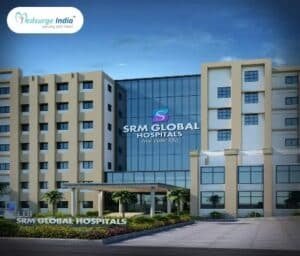
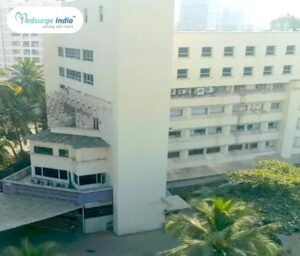
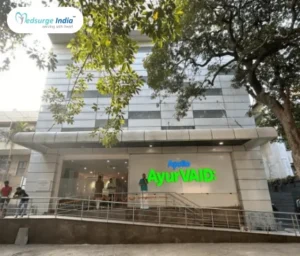
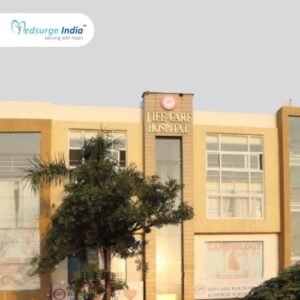
By using our site, you agree to our Terms and Conditions, Privacy Policy and Refund Policy. Medsurgeindia does not provide medical advice, diagnosis, or treatment. The information provided on this site is designed to support, not replace, the relationship that exists between a patient/site visitor and his/her existing physician. We also Accept International Payments.

Copyright © 2025 NSM ONLINE SOLUTIONS PRIVATE LIMITED. All rights reserved.